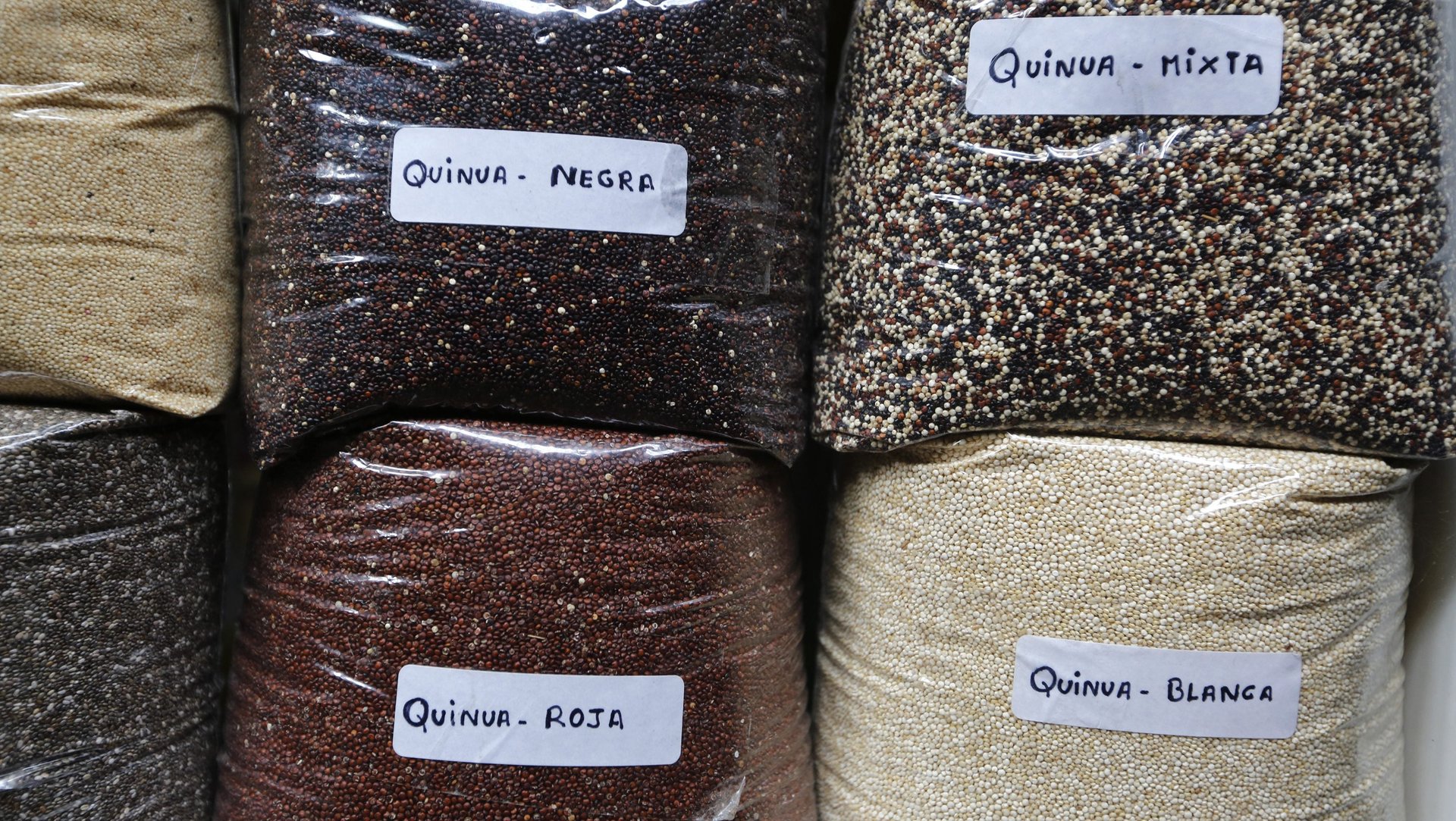How quinoa became the most divisive “superfood” of the 21st century
Last week in Malaysia, Prime Minister Najib Razak caused what The New York Times referred to as a “tempest in a quinoa bowl” (paywall) by stating that he preferred the South American grain over rice—the staple food in his country. Despite its nutritional value, quinoa is far more expensive than rice, and political opponents used the opportunity to cast Razak as out of touch with the Malaysian people.


Last week in Malaysia, Prime Minister Najib Razak caused what The New York Times referred to as a “tempest in a quinoa bowl” (paywall) by stating that he preferred the South American grain over rice—the staple food in his country. Despite its nutritional value, quinoa is far more expensive than rice, and political opponents used the opportunity to cast Razak as out of touch with the Malaysian people.
In terms of political gaffes this falls somewhere between Hillary Rodham Clinton’s “basket of deplorables” (paywall) comment and Barack Obama trying to connect with an Iowa crowd while on the campaign trail in 2007 by griping about the price of arugula at Whole Foods. Razak is widely expected to win a third term as prime minister, and he further explained later that his doctor had recommended quinoa—which is low in sugar and high in protein—as a healthy alternative to rice. It does however beg the question: Why does quinoa have such a nose for trouble?
Hailed as a superfood because of its ample protein and fiber content, quinoa consumption has expanded dramatically over the past twenty years, and the United Nations General Assembly declared 2013 The Year of Quinoa, noting the its potential as a new staple food crop in the face of climate change. That same year, The Guardian published an article purporting to reveal the dark side of the popularity of quinoa bowls and burgers, claiming that its newfound popularity had left Andean quinoa farmers unable to purchase it for their own families because of the rise in price.
That article may well have been retitled, “Go to hell, you smug vegans,” and the central claim that quinoa farmers could no longer afford quinoa was debunked, but it was not without merit. The global expansion of the crop, and the price fluctuations that have accompanied it, have created new challenges for Andean farmers (paywall).
Ooh, looks like @Chipotle is branching out into #superfoods territory! #Quinoa is now a part of the menu. #healthy #FastFood >> https://t.co/Bj0IhIBj8k pic.twitter.com/ym673sRclP
— VegNews Magazine (@VegNews) February 22, 2018
These growing pains are not unique to quinoa, but somehow it became the flashpoint for an examination of what happens to producers when a previously obscure agricultural product—whether you’re talking goji berries, coconut oil or açai—gets the superfoods/Whole Foods treatment.
Fatburger CEO @AndyWiederhorn on customer loyalty: “Your core items are what your customers want… and I don’t think anybody’s coming to Chipotle for quinoa.” pic.twitter.com/qOVzhikOIQ
— FOX Business (@FoxBusiness) February 25, 2018
Chipotle, itself a lightning rod for culinary controversy for both aesthetic and health reasons, is currently field testing quinoa, mixed with lime juice and cilantro, as a rice alternative in its New York City test kitchen. It’s a sign that the famously change-resistant chain is willing to try novel strategies to interest new customers. The move also steps squarely into a very 21st century debate about food and authenticity, and an even more important consideration—is a quinoa-stuffed burrito any good?
As a high-protein, drought-resistant crop, quinoa isn’t just a fix for the calorie-saturated Western diet, it has been floated as an agricultural solution in regions that have grown more arid as the climate has changed. A key player at the junction of several of the most significant sustainability issues today—particularly how to feed the world, healthfully—don’t expect quinoa to step out of the food fight spotlight anytime soon.